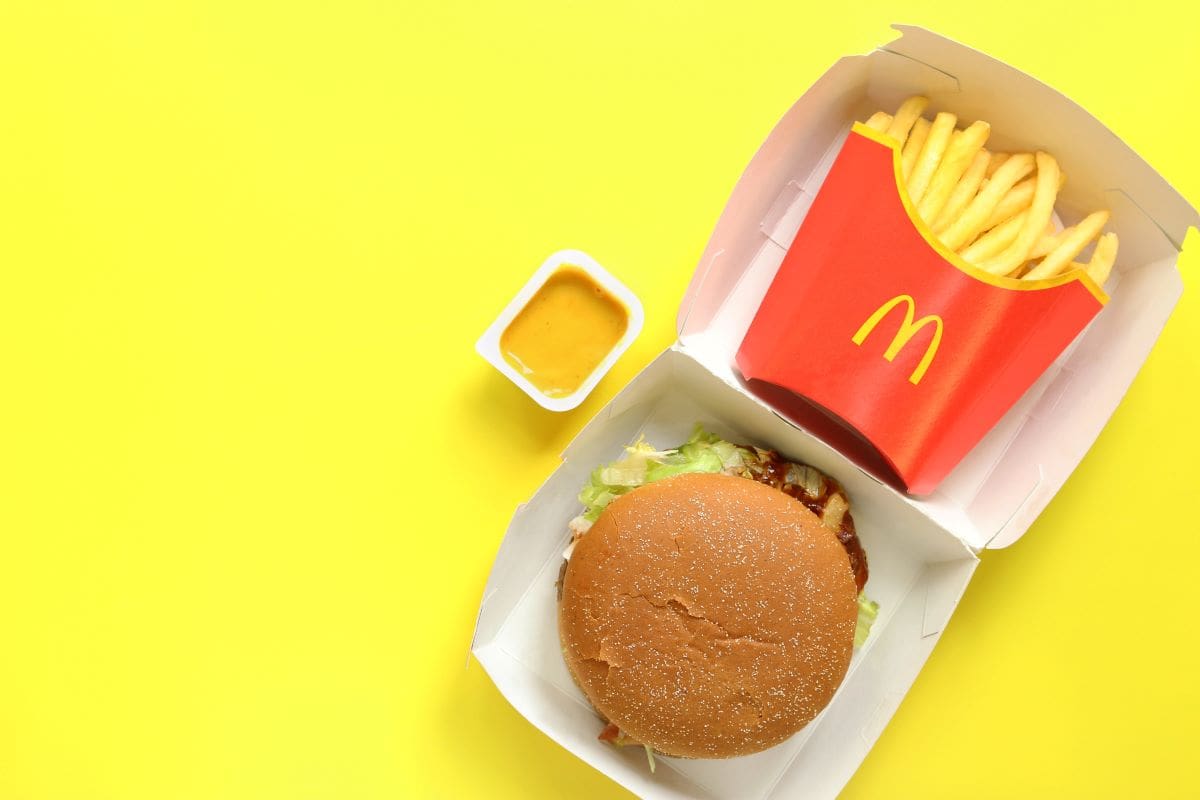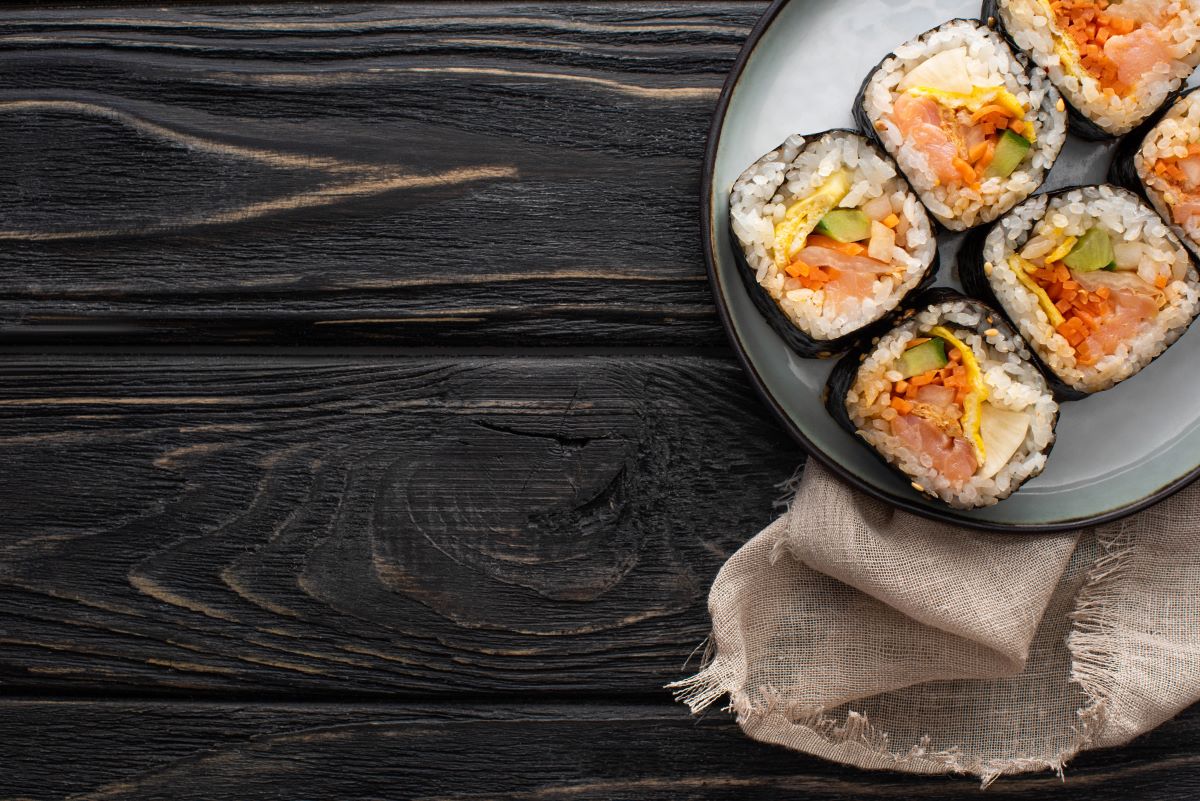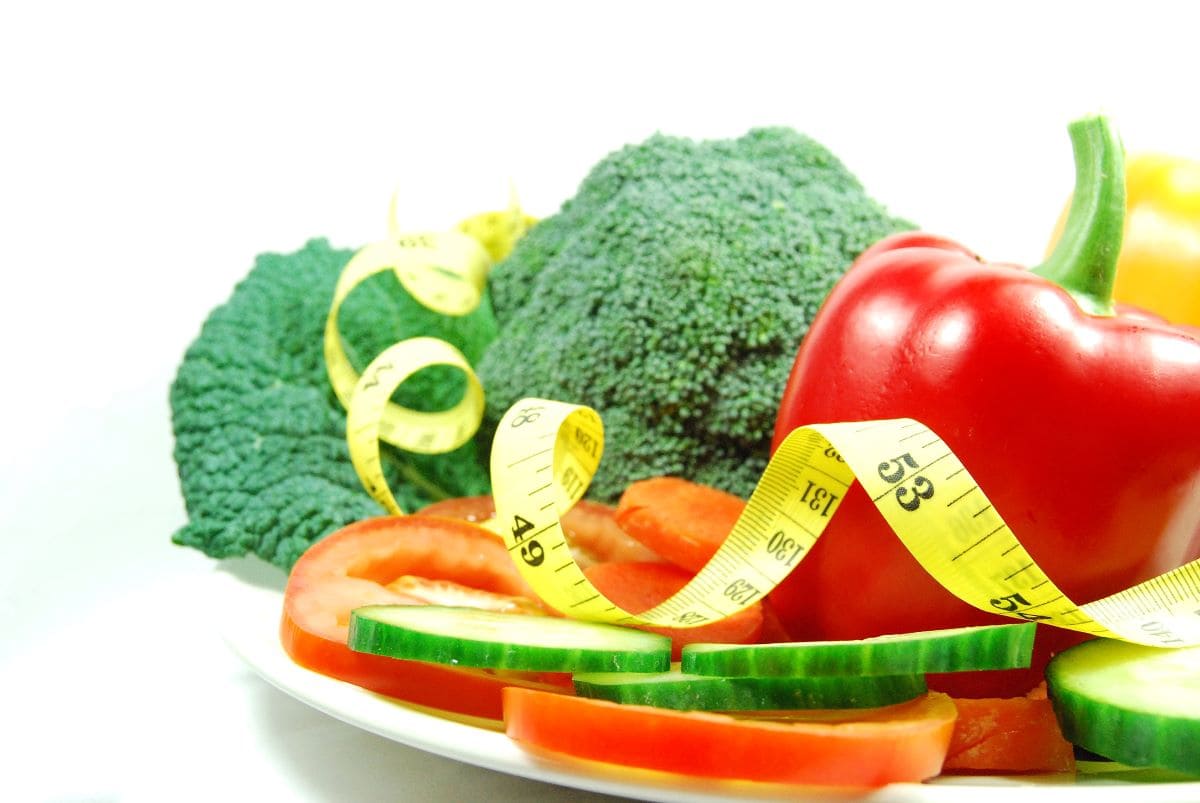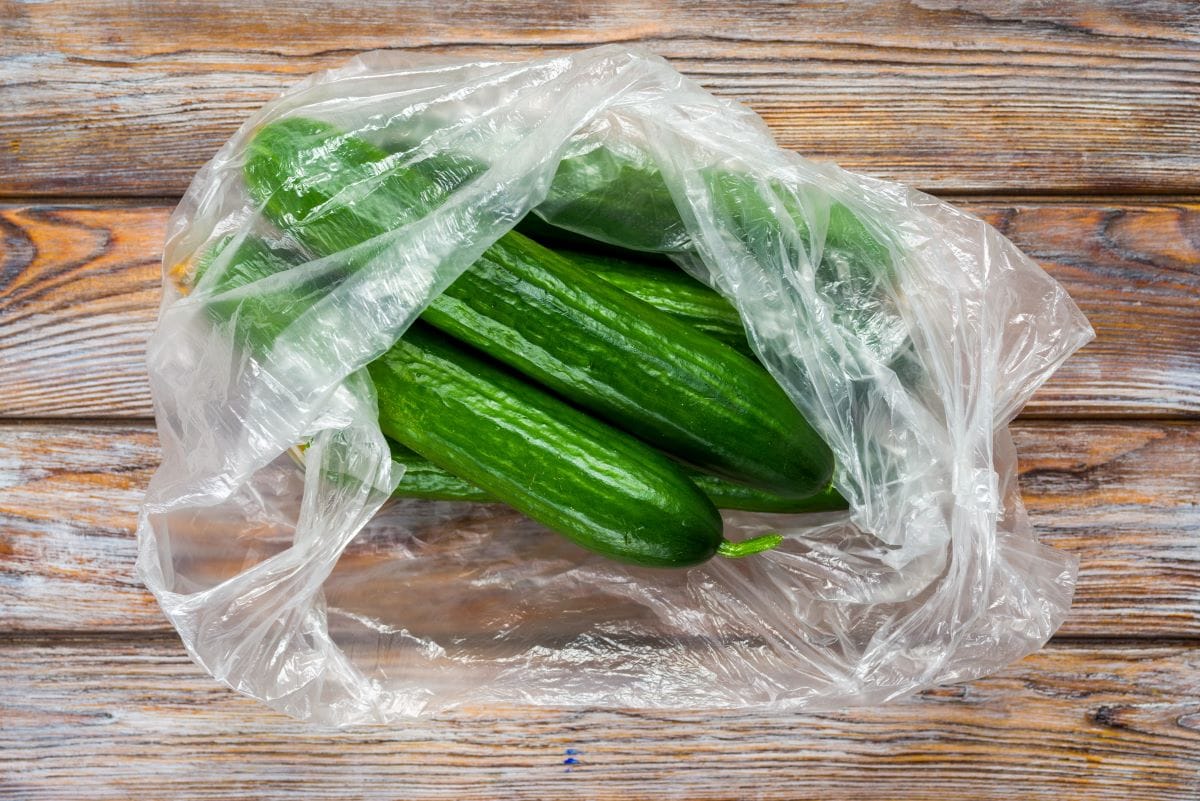This post may contain affiliate links which means I will get a commission if you make a purchase at no additional cost to you. As an Amazon Associate I earn from qualifying purchases. Please read my disclosure for details.
In the tapestry of culinary history, the Baby Boomer generation occupies a distinctive and flavorful chapter. Born between 1946 and 1964, this cohort witnessed a transformative period in food culture, marked by innovation, convenience, and a burgeoning sense of community around the dinner table.
Their formative years coincided with post-war prosperity, leading to significant shifts in how food was produced, prepared, and consumed.
The Advent of Convenience Foods

WANT TO SAVE THIS RECIPE?
The Baby Boomer era saw the rise of convenience foods, such as frozen dinners and instant meals, which revolutionized home cooking. These innovations provided families with quick and easy meal options, reflecting the changing dynamics of household roles and time management.
Emergence of Fast-Food Culture

During this period, fast-food establishments like McDonald’s and Burger King became household names, offering standardized menus and quick service. These restaurants provided affordable and accessible dining options, aligning with the fast-paced lifestyle of the era.
Expansion of Supermarkets

The post-war economic boom led to the expansion of supermarkets, offering a wide variety of products under one roof. This development transformed shopping habits, providing consumers with unprecedented access to diverse food items.
Introduction of Ethnic Cuisines

As globalization increased, Baby Boomers were among the first to experience and embrace a variety of international cuisines. The introduction of foods like pizza, sushi, and tacos expanded the American palate and diversified dining options.
Rise of Television Cooking Shows

The popularity of television brought cooking shows into living rooms, with personalities like Julia Child demystifying gourmet cooking. These programs educated and inspired viewers to experiment with new recipes and techniques.
Emphasis on Family Meals

Family meals were a central aspect of Baby Boomer households, reinforcing social bonds and traditions. Dinner time served as an opportunity for family members to connect and share their daily experiences.
Related Post: 25 Weekday Dinner Ideas That Crush It on Busy Nights
Growth of Home Gardening

Many Baby Boomer families engaged in home gardening, cultivating fruits and vegetables for personal consumption. This practice promoted self-sufficiency and a connection to the food source. Home gardening provided fresh produce and served as an educational tool for children to learn about agriculture and nutrition.
Related Post: 12 Easter Brunch Spots Across America That Locals Swear Are Better Than Grandma’s
Introduction of Dietary Guidelines

The Baby Boomer era witnessed the establishment of formal dietary guidelines, promoting balanced nutrition and health awareness. Government initiatives provided recommendations on food groups and portion sizes, influencing public eating habits.
Related Post: The 15 Worst Snacks Consumers Are Still Buying
Innovation in Food Packaging

Advancements in food packaging during this period improved shelf life and convenience. The development of materials like plastic wrap and aluminum foil revolutionized food storage and transportation.
Related Post: 25 Side Dishes for Pasta That Are Better Than Garlic Bread
Emergence of Health Food Movements

Towards the latter part of the Baby Boomer era, there was a growing interest in health foods and alternative diets. Movements advocating for natural and organic foods gained traction, reflecting a shift towards wellness and preventive health.
Related Post: 12+ Leftover Recipes So Good, You’ll Forget They’re Leftovers
Sign up now to receive our exclusive e-cookbook filled with top-rated recipes for FREE!
The Baby Boomer generation experienced a dynamic and transformative period in food history, characterized by innovation, cultural exchange, and evolving dietary practices. The developments during this era not only shaped the eating habits of the time but also laid the groundwork for contemporary food culture.
Disclaimer: This list is solely the author’s opinion based on research and publicly available information.
12 Healthy Comfort Foods That Boomers Would Love

Comfort food is often associated with indulgence, but it doesn’t have to be unhealthy. For baby boomers, finding meals that are both satisfying and nutritious is essential for maintaining a healthy lifestyle.
Whether you’re looking for nostalgic flavors or nutrient-dense options, these 12 healthy comfort foods offer a perfect balance of taste and well-being.
Read it here: 12 Healthy Comfort Foods That Boomers Would Love
How to Save $100+ Every Month at the Grocery Store

From planning your meals to avoiding sneaky upcharges in the snack aisle, here’s a realistic guide to trimming your food budget without adding stress to your week.
Read it here: Things Moms Waste Money On (and Don’t Even Know It)
Is Walmart+ Still Worth It in 2025? The Truth After 3 Years

Is the new Walmart Plus worth the annual fee or is it just another failed version of Amazon Prime? I spent my own money trying this service out for 12 months and counting. I have a lot to say about the benefits and drawbacks in this Walmart+ honest review.
Read it here: Is Walmart+ Worth It? Honest Review 3 Years Later!
You’ll love these related posts:
